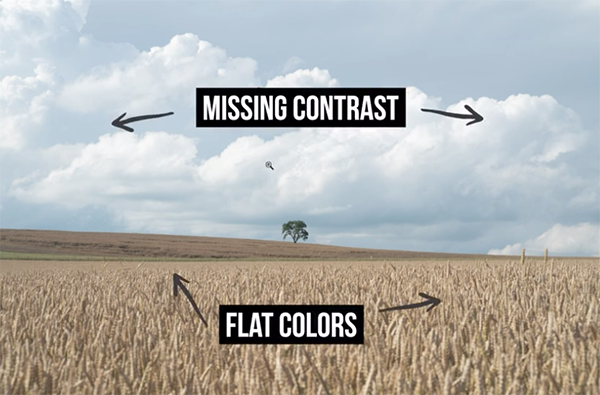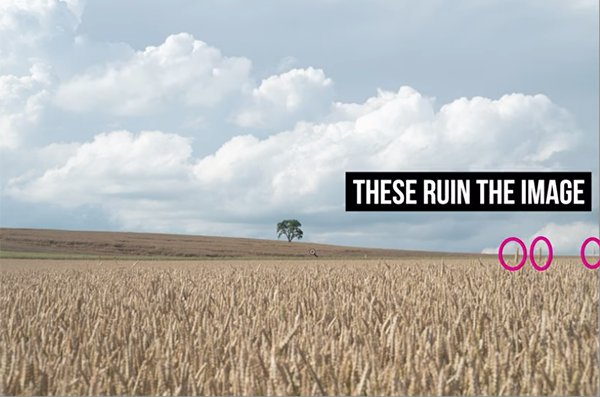Optimize Landscape Photos with This Oft-Ignored Editing Tactic (VIDEO)
Experienced landscape photo0graphs know that their job isn’t completed in the field, because thoughtful processing is essential for spectacular and realistic results. This task requires using the proper tools in the correct order, but there’s another key consideration that is frequently overlooked.
This eye-opening Lightroom tutorial from the PHLOG Photography YouTube channel harkens back to the days of film, when photographers created a strategic plan before going into the darkroom. According to instructor Christian Mohrle, the same holds true when processing digital files because having a detailed plan before sitting down at the computer is “absolutely vital.”
This point is clearly illustrated in the image above in which the notations on the original shot are reminiscent of how darkroom experts marked up their proof sheets before getting to work. And the anticipated adjustments are remarkably similar.

Mohrle’s demonstration image (which you can download with a link beneath the video) is a boring and unimpressive shot with flat colors and insufficient contrast in the sky. Mohrle says he anticipated this result while on location, “but I already knew there were things I could do in Lightroom to make the photo look far more interesting.”
So examine the notations on Mohrle’s original file, then watch how he executes this detailed plan for a remarkable transformation. And if you downloaded his Raw file you can make the changes yourself as the step-by-step process is explained. Every image requires unique enhancements but the takeaway is this: a pre-edit strategy will make post processing faster and far more effective.
Mohrle proceeds with a specific hierarchy of changes, and he always begins with basic adjustments to an image as a whole, before turning to the selective use of masks to refine various portions of a scene in different ways. The next step is thoughtful, localized color grading to further refine the effect.

Careful sharpening comes next, and you’ll see why Mohrle favors a subtle approach. For this particular image he adds the optional step of Focus Stacking to get things just right. Then he concludes the process with a bit of cleanup to remove small distractions and other unwanted artifacts.
A quick glance at the before/after images reveals how well this approach works. There’s much more to learn about editing landscape photos on the PHLOG Photography YouTube channel, and in the recent tutorial we featured with another pro who explains why too much color can ruin your landscape photographs if three essential elements are missing from your post-processing workflow.





